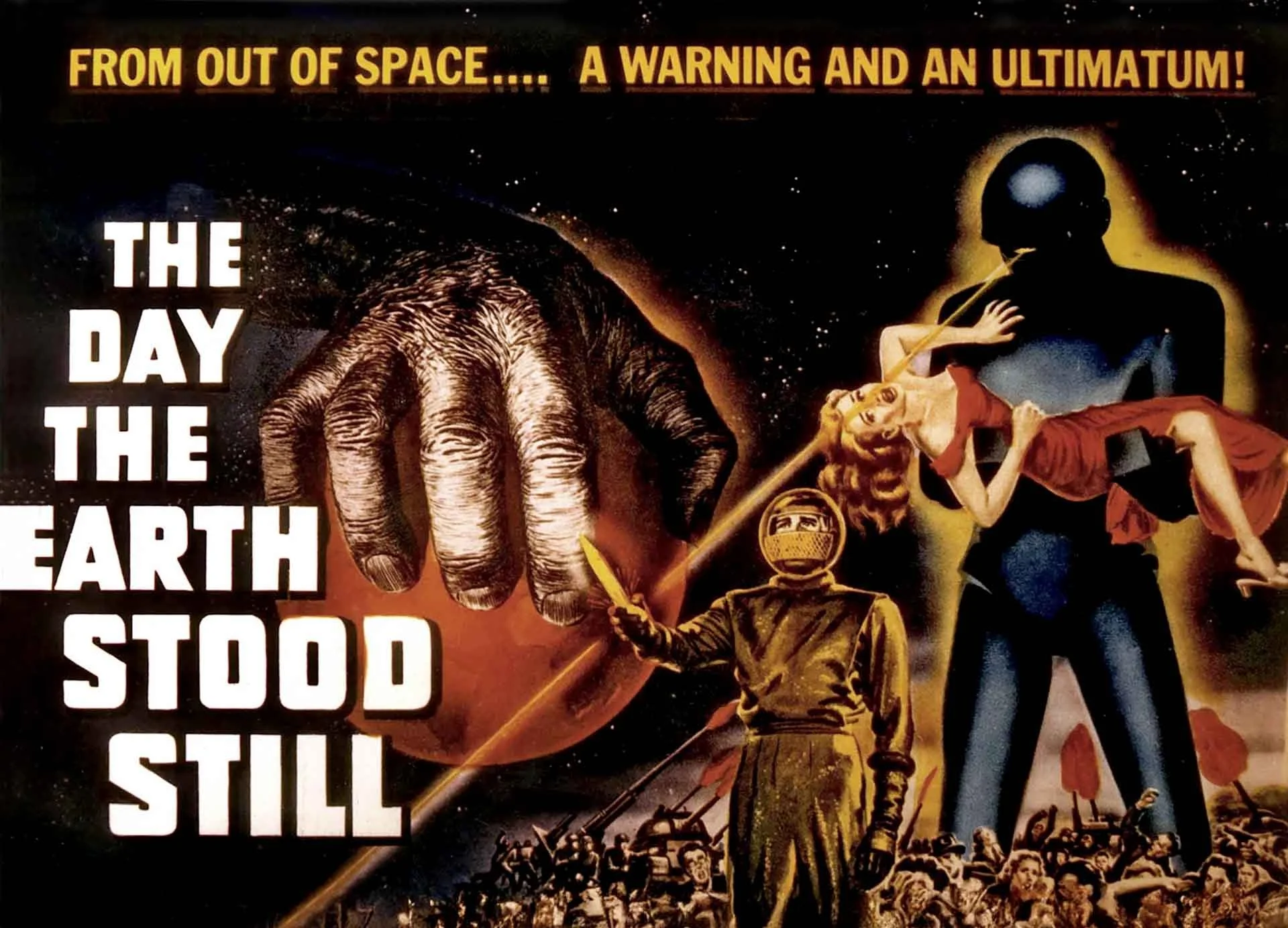Atomic Visions
The 1950s were a decade of contradiction: prosperity and paranoia, conformity and curiosity. In the wake of World War II and amid Cold War tensions, science fiction exploded across books, comics, and cinema—not just as escapist fantasy, but as a coded conversation about the anxieties and ambitions of the atomic age.
This article kicks off our series by explaining why 1950s science fiction still resonates. We’ll explore how sci-fi served as a cultural mirror for a nation grappling with technological upheaval and existential dread, and why it became a dominant force in pop culture that continues to shape how we imagine the future.
-
The 1950s marked a boom in science fiction across all media, from films to pulp.
Sci-fi reflected deeper social currents: Cold War fears, atomic age anxiety, and space-age optimism.
These stories weren't just fantasy—they were allegories for real cultural tensions and hopes.
Sci-fi shaped more than entertainment—it helped define mid-century aesthetics and American identity.
The concerns and hopes of 1950s sci-fi still echo in today’s world.
Beneath the flying saucers and rayguns, was a nation grappling with technological upheaval and existential dread.
What makes 1950s science fiction so compelling isn’t just the giant ants or flying saucers—it’s the tension behind them. These stories were born from a world holding its breath.
The threat of nuclear war loomed large, governments warned of enemies within, and machines were beginning to outthink men. It was an era that promised jetpacks but delivered fallout shelters.
And yet, for all its fear, 1950s sci-fi carried immense hope. The idea that science might save us, that space might liberate us, that humanity could evolve beyond war and prejudice—it’s all there, coded in chrome and silver lamé. These weren’t just stories; they were cultural pressure valves, speculative moral tests, and blueprints for how to imagine a better tomorrow.
If that feels strangely familiar, it should. Today we live with new versions of old fears: AI instead of robots, climate collapse instead of radiation, misinformation instead of McCarthyism. Once again, science fiction is rising as the genre best equipped to help us process it all—and the 1950s show us exactly how that started.
Science fiction didn’t predict the future; it exposed the present.
To understand 1950s science fiction, you have to look at American psychology during a time of profound change.
Understanding 1950s science fiction is more than a nostalgic trip through B-movies and pulp art. It’s an excavation of American psychology in a time of profound change. Over the next nine articles, we’ll explore the themes, fears, aesthetics, and cultural shifts that made this era so pivotal for the genre—and why its influence still lingers in every alien invasion and robot uprising we see today.







